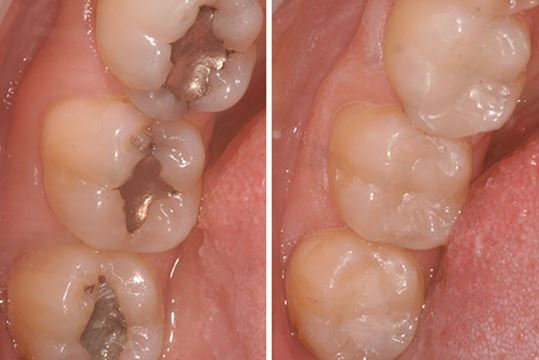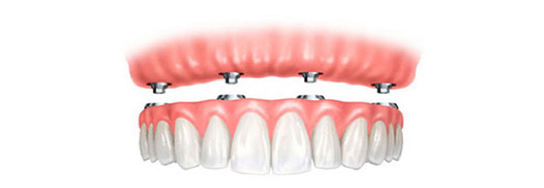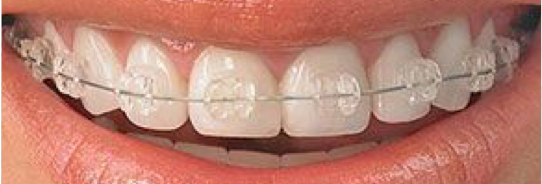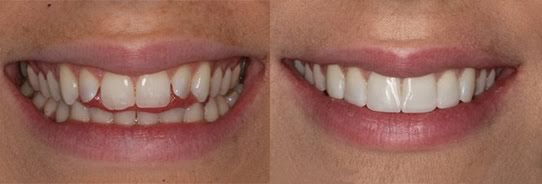

Blog
We post all the latest information here regularly so it's always up to date for you. If there is a topic you would like to have us cover please ask.
12 April 2012
What Are Dental Implants?

A dental implant is a "root" device, usually made of titanium used in dentistry to support restorations that resemble a tooth or group of teeth to replace missing teeth.
Virtually all dental implants placed today are root-form endosseous implants, meaning they appear similar to an actual tooth root and are placed within the bone. The bone of the jaw accepts and osseointegrates with the titanium post. Osseointegration refers to the fusion of the implant surface with the surrounding bone. Dental implants will fuse with bone, so they will feel very similar to your natural teeth whilst chewing.
For a dental implant procedure to work, there must be enough bone in the jaw, and the bone has to be strong enough to hold and support the implant. If there is not enough bone, more may need to be added with a bone graft procedure. Sometimes, this procedure is called bone augmentation, or guided bone regeneration. Mini Dental Implants are particularly useful with minimal remaining bone. In addition, natural teeth and supporting tissues, near where the implant will be placed, must be in good health.
In all cases, careful consideration must be given to the final functional aspects of the restoration, such as assessing the forces which will be placed on the implant. Implant loading from chewing, grinding and clenching can exceed the biomechanic tolerance of the implant bone interface and/or the titanium material itself, causing failure. This can be failure of the implant itself (fracture) or bone loss, a "melting" or resorption of the surrounding bone.
In its most basic form, the placement of an implant requires a preparation into the bone using either hand osteotomes or precision drills with highly regulated speed to prevent burning or pressure necrosis of the bone. After a variable amount of time to allow the bone to grow on to the surface of the implant osseointegration, a crown or crowns can be placed on the implant. Unlike conventional dental implants, Mini Dental Implants may be loaded immediately and still have a high survival rate (94%). The amount of time required to place an implant will vary depending on the experience of the practitioner, the quality and quantity of the bone and the difficulty of the individual situation.































